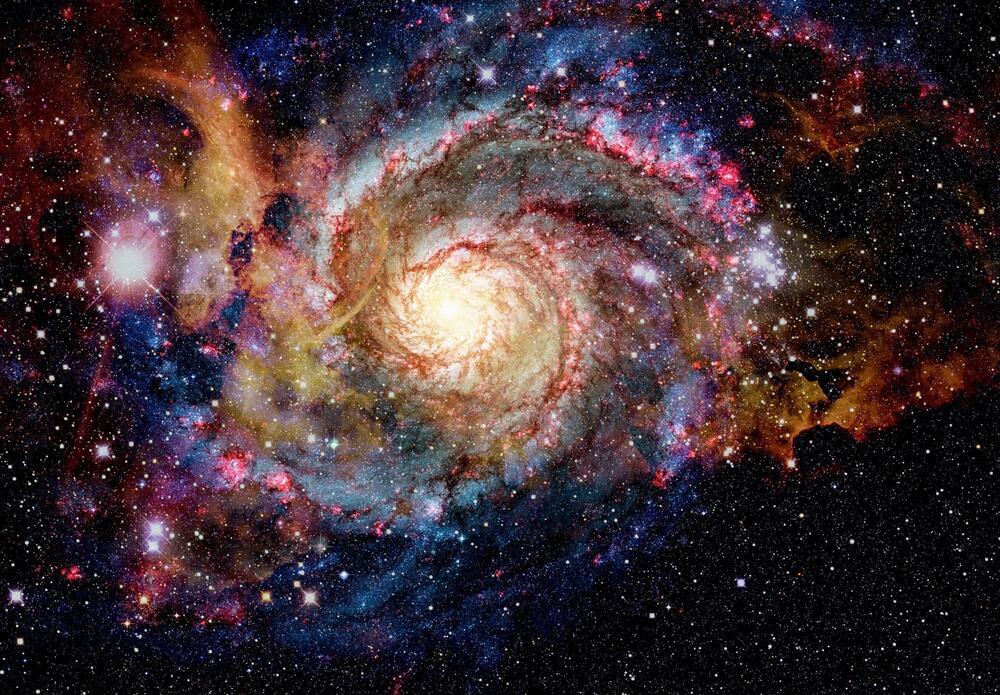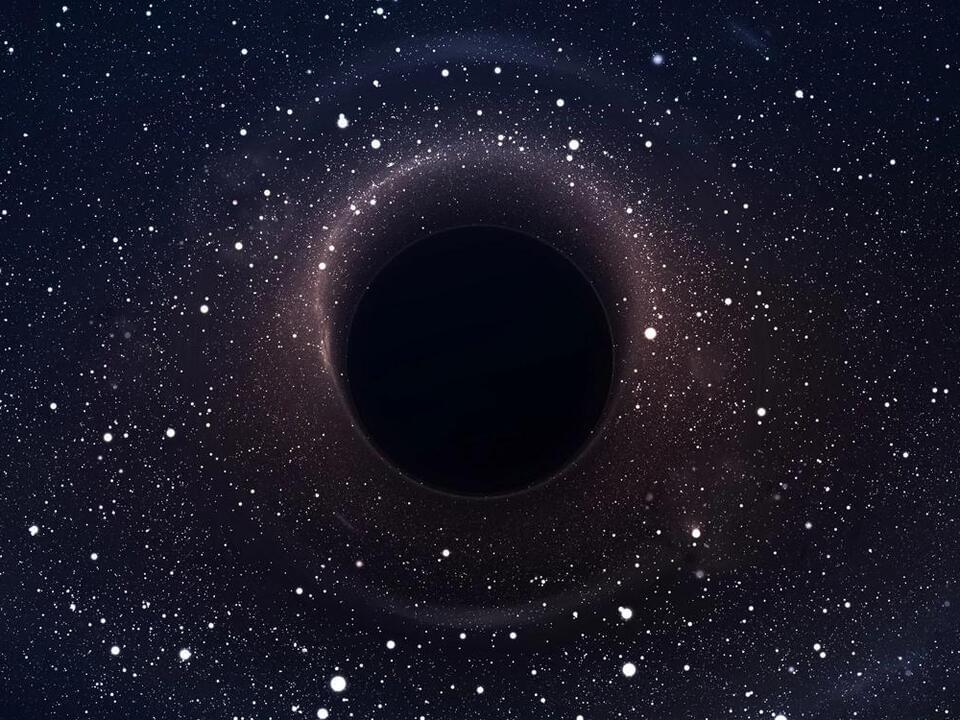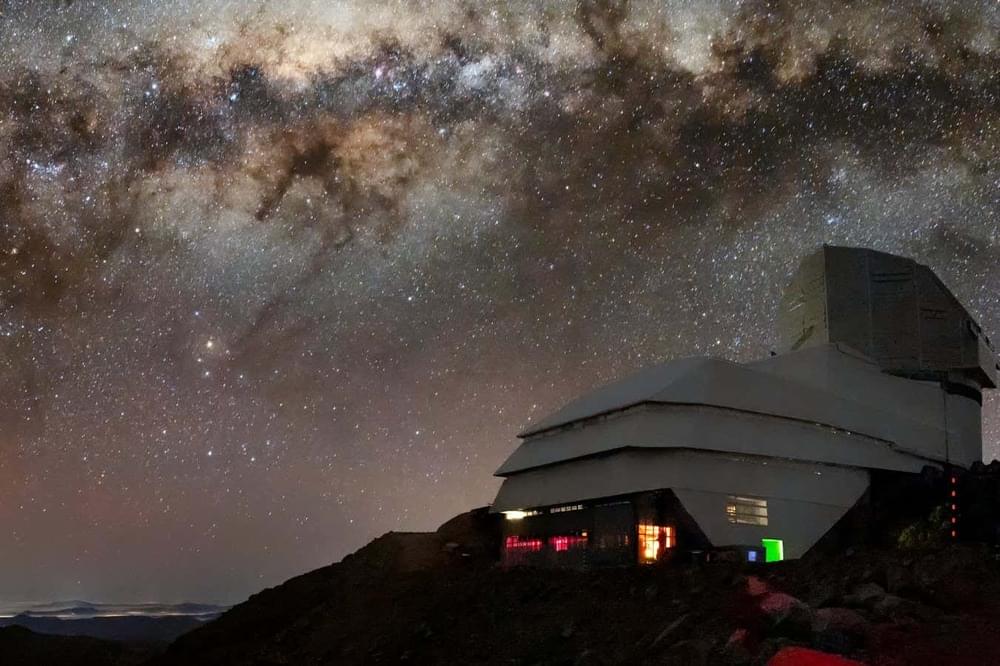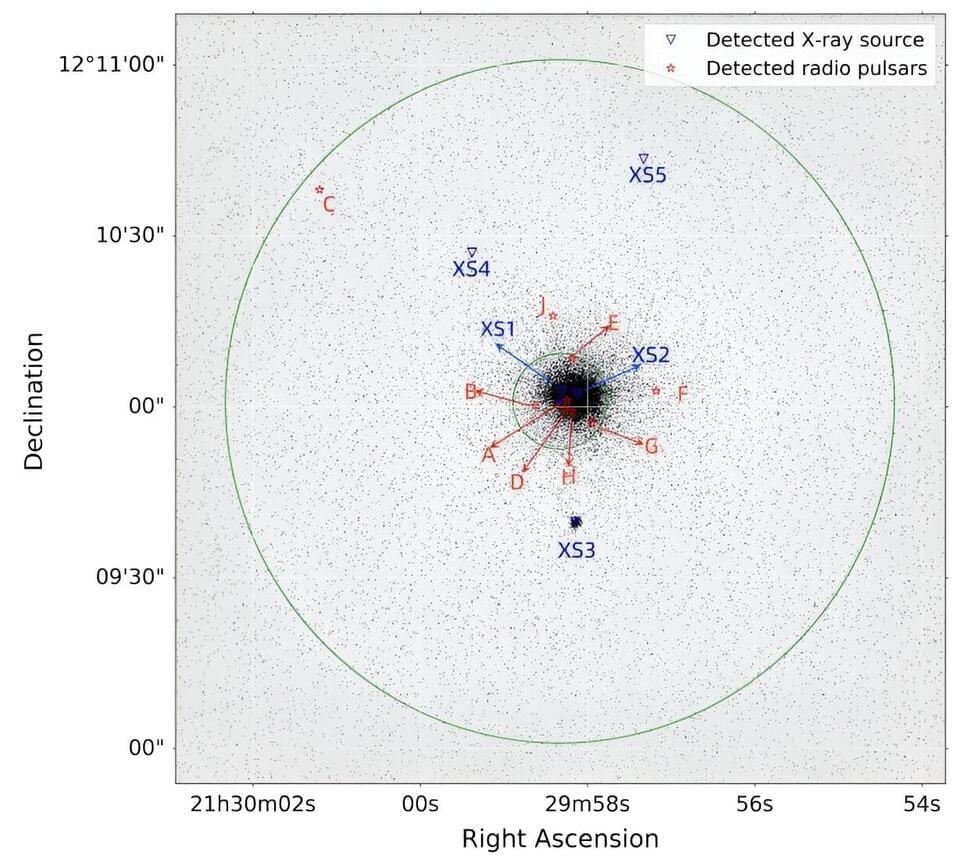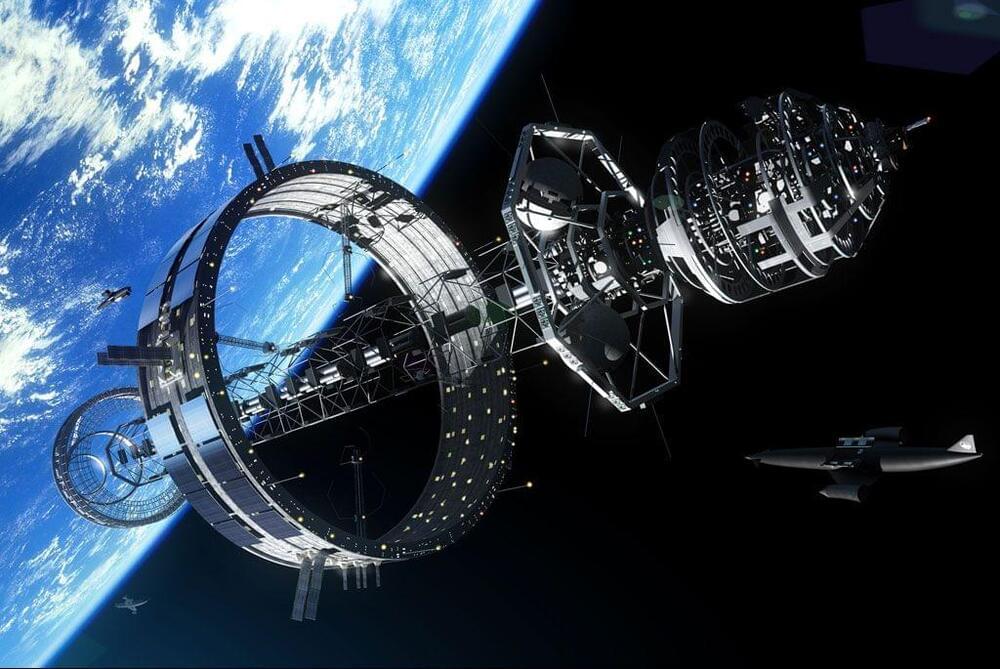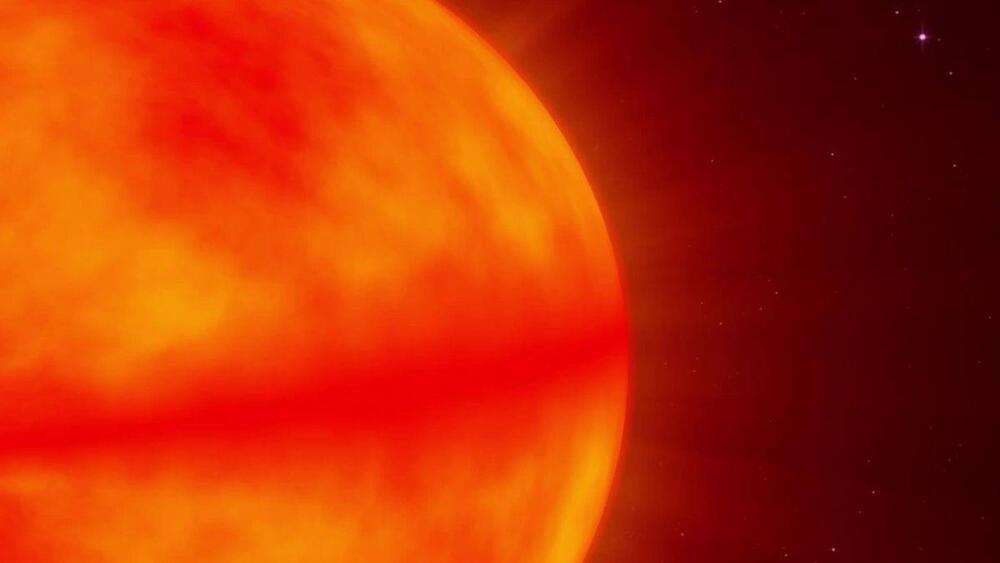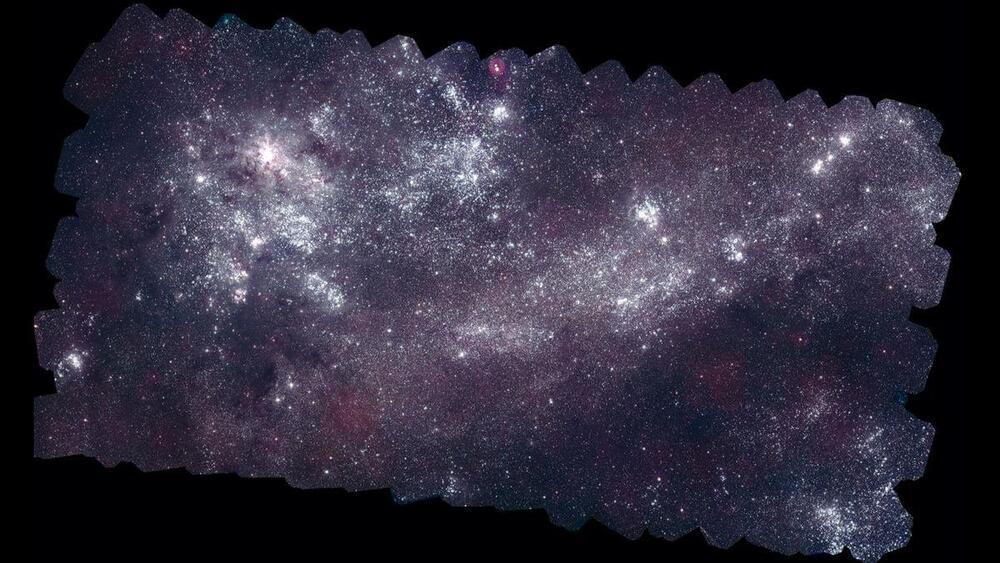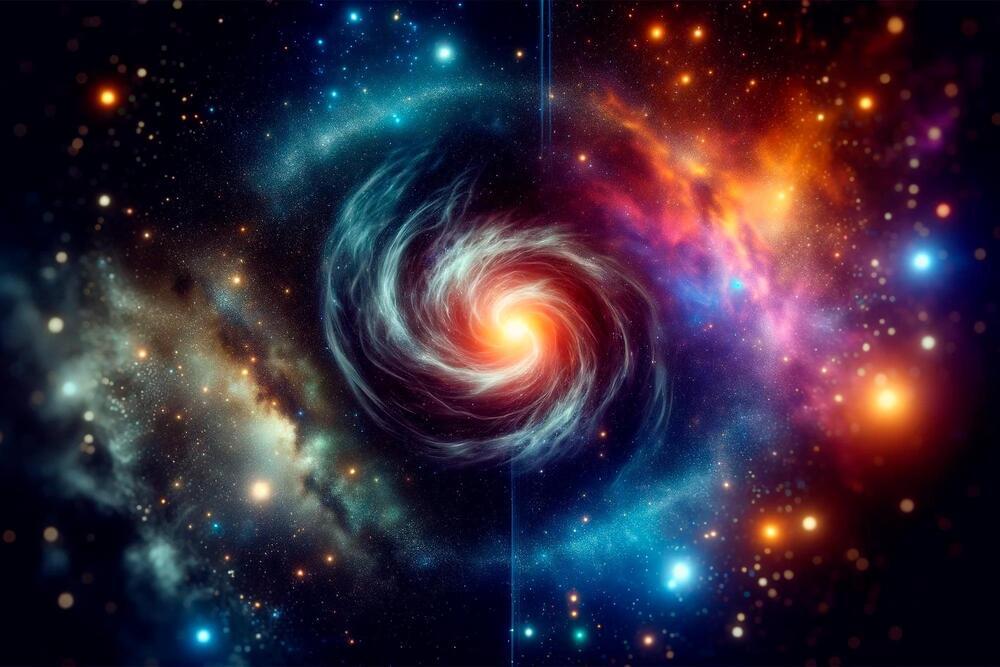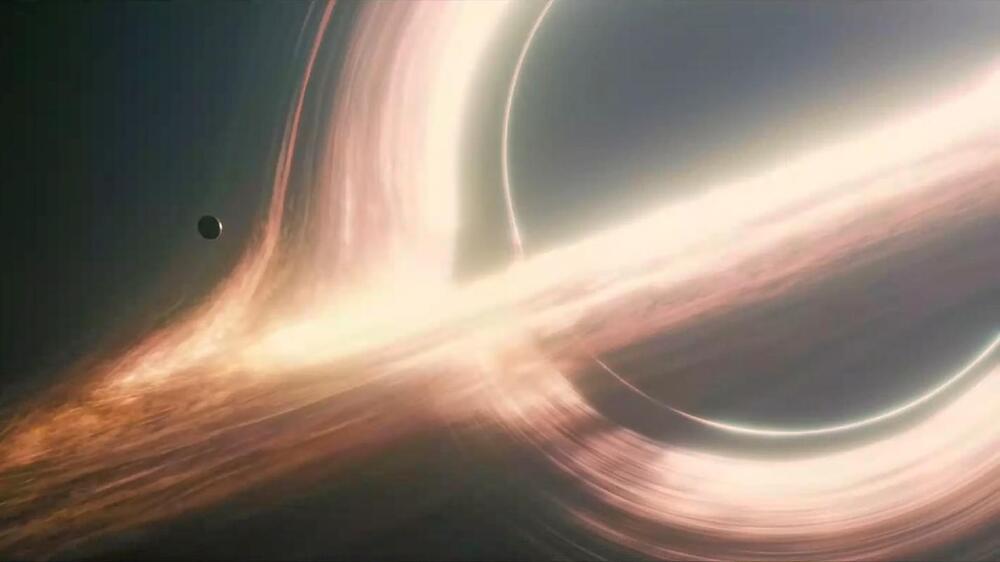Dec 26, 2023
Shapes of one million galaxies hint at the universe’s origins
Posted by Genevieve Klien in categories: cosmology, quantum physics
A recent study published in the journal Physical Review D marks a significant advancement in cosmology. A team of researchers has analyzed over one million galaxies to delve into the origins of the universe’s current cosmic structures.
This study contributes to the understanding of the ΛCDM model, the standard framework for the universe, which posits the significance of cold dark matter (CDM) and dark energy (the cosmological constant, Λ).
The model theorizes that primordial fluctuations, originating at the universe’s inception, acted as catalysts for the formation of all celestial objects, including stars, galaxies, and galaxy clusters.
